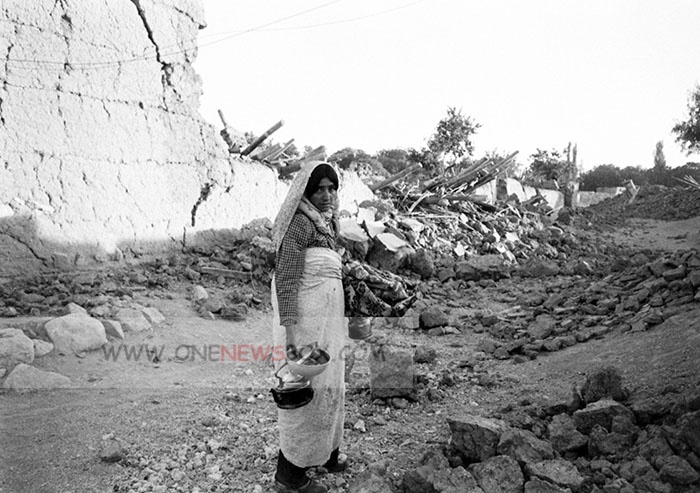[custom_adv]
Iranian geologist Manuel Berberian’s research indicates that the Ipak Fault is at least as old as the Carboniferous period, and has probably been reactivated several times since its formation. On the fault’s south side, Carboniferous material is visible; this debris is not evident on the north side, which suggests that the fault was acting as a “dividing fault” while the area around it underwent sedimentation. Berberian could find no trace of Upper Guadalopian or Julfian sediments north of the fault. Another possible reason for this anomaly could be erosion; uplift could have exposed the northern portion of the fault but not the south.

